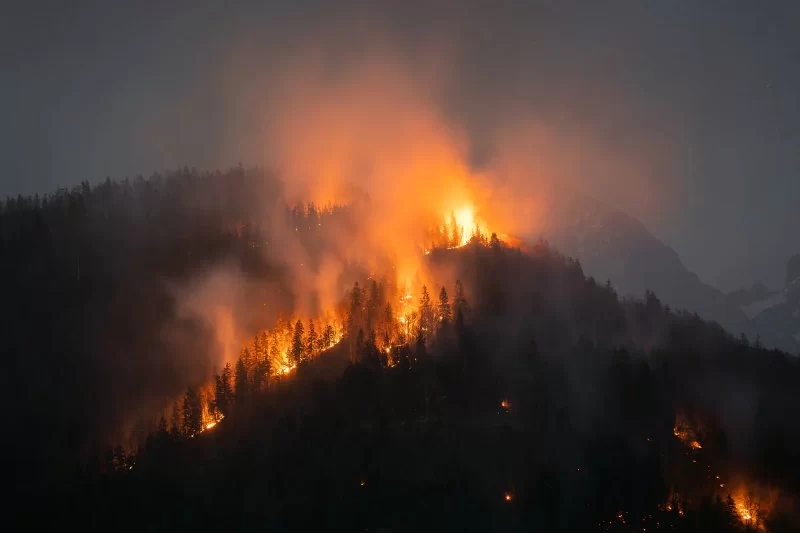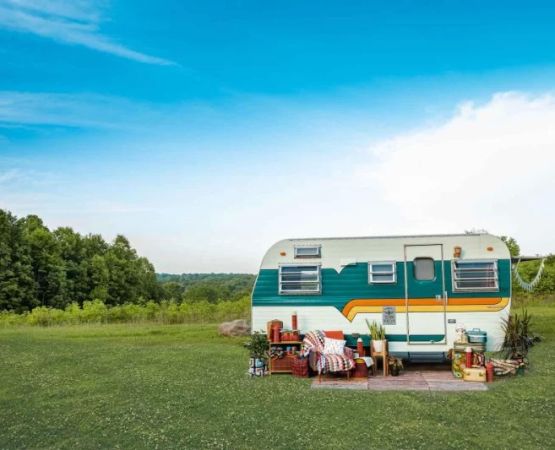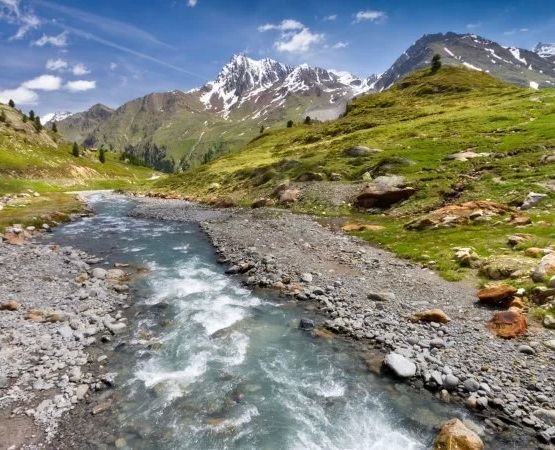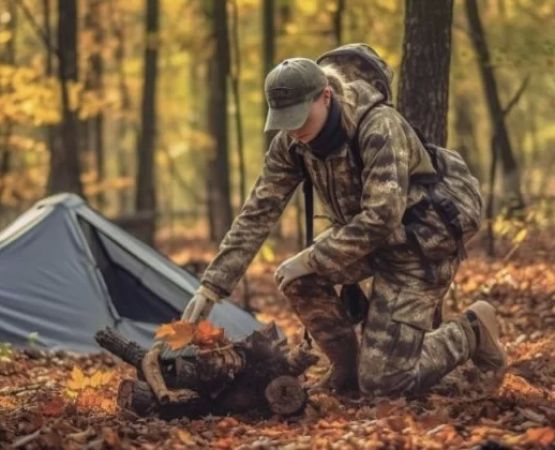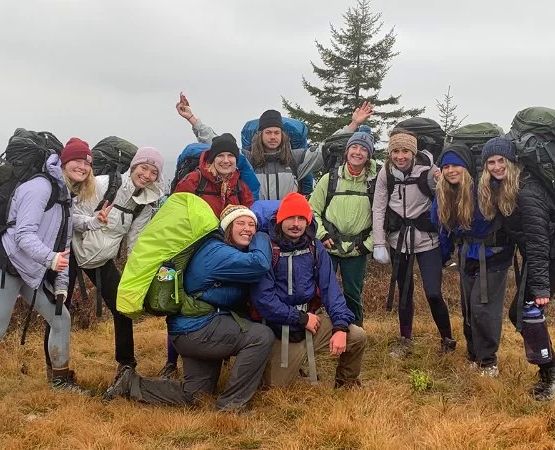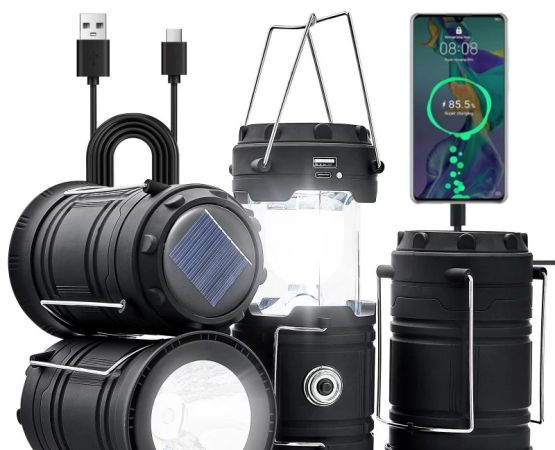- why-wildfire-preparation-matters-in-camping
- how-to-prepare-for-a-wildfire-while-camping-pre-trip-planning
- campfire-safety-and-on-site-prevention
- recognizing-danger-signs-and-evacuation-readiness
- real-camping-story-the-fire-that-changed-how-we-prepare
- smart-camping-support-from-pine-cliff-resort
1. Why Wildfire Preparation Matters in Camping
With wildfire seasons growing longer and more unpredictable across the U.S., especially in dry, forested regions, understanding how to prepare for a wildfire while camping has become an essential skill—not just a nice-to-know. Whether you’re pitching a tent in the backcountry or setting up at a developed campground, knowing how to stay safe can mean the difference between a memorable trip and a dangerous emergency.
2. How to Prepare for a Wildfire While Camping: Pre-Trip Planning
2.1 Check Local Conditions and Alerts
Before you even pack your bag, check with local forestry departments, park services, or campground offices for fire danger levels and current alerts. Tools like the National Interagency Fire Center map or local fire watch websites give real-time updates. If a “Red Flag Warning” is in effect, consider postponing your trip.
2.2 Know the Evacuation Routes Before Arrival
Familiarize yourself with the terrain and know how to leave the area quickly. If you're staying at a place like Pine Cliff Resort, staff often provide detailed maps and safety information about evacuation routes. If you’re wild camping, note potential road closures or alternate paths—don’t rely solely on GPS.
2.3 Pack with Emergency Readiness in Mind
Aside from your usual camping gear, include wildfire-specific items in your pack:
- N95 masks (to reduce smoke inhalation)
- Portable battery-powered radio (for emergency broadcasts)
- Extra water and food rations
- A printed map and compass
- A bright-colored bandana or cloth (to use for signaling if needed)
3. Campfire Safety and On-Site Prevention
3.1 Build Smart, Not Big
If campfires are allowed, keep them small and manageable. Use existing fire rings, clear flammable material within a 10-foot radius, and never leave the fire unattended. One gust of wind is all it takes to spark a disaster.
3.2 Follow Local Burn Restrictions
In high-risk seasons, even charcoal grills and stoves might be restricted. Always check with the site host or ranger station. Some places like Pine Cliff Resort have fire-safety signage posted at campsites, and their staff regularly update campers about current rules.
3.3 Fully Extinguish Before Leaving
Use the “cold out” method: douse the fire with water, stir the ashes, then douse again. If it’s too hot to touch, it’s too hot to leave. Bring your own water if your site doesn’t have a nearby source—it’s worth the weight.
4. Recognizing Danger Signs and Evacuation Readiness
4.1 Visual and Environmental Clues
If you see a distant plume of smoke, an orange glow on the horizon, or falling ash, it’s time to act—not to wait. Even if it seems far away, wind shifts can bring a fire dangerously close in minutes.
4.2 Trust Your Instincts
Don’t wait for official instructions if you feel unsafe. Pack up and leave early. Fires are unpredictable, and roads can become impassable faster than you expect. Pre-packing your gear for a “grab and go” situation makes departure quicker and less stressful.
4.3 Communication Is Critical
Let someone know your location and expected return time. If cell service is unreliable, check if your camping destination offers emergency radio access. Places like Pine Cliff Resort often maintain backup communication channels for this reason.
5. Real Camping Story: The Fire That Changed How We Prepare
In 2022, a family camping near northern California shared their harrowing experience of escaping a wildfire that started over 15 miles away. At first, they dismissed the distant haze. Within two hours, the wind carried embers close to their campsite. Thanks to a nearby ranger alert and their decision to stay packed and aware, they were able to evacuate safely.
“We thought we were prepared—but we learned the difference between being packed and being proactive,” said the father in a social media post that went viral among camping groups. That family now always chooses campsites with a clear evacuation plan—like those available at Pine Cliff Resort.
6. Smart Camping Support from Pine Cliff Resort
6.1 On-Site Resources and Updated Safety Info
Pine Cliff Resort offers more than just a picturesque setting—it’s equipped with real-world tools to keep you safe. Fire safety signage, staff briefings, and accessible emergency routes are part of their commitment to responsible outdoor living.
6.2 Support for Responsible Campers
They also offer curated gear recommendations for campers preparing for wildfire season, including fire-retardant tents, emergency kits, and communication tools. If you’re unsure how to build your wildfire prep kit, this is a good place to start.
6.3 Learning from the Community
The Pine Cliff community includes seasoned campers who share their wildfire preparedness stories, making it easier for first-timers to learn from others’ experience—not just their own mistakes.
Knowing how to prepare for a wildfire while camping isn’t just about gear—it’s about mindset. Stay informed, stay aware, and treat nature with the respect it deserves. The more we prepare, the more we preserve the adventure.

